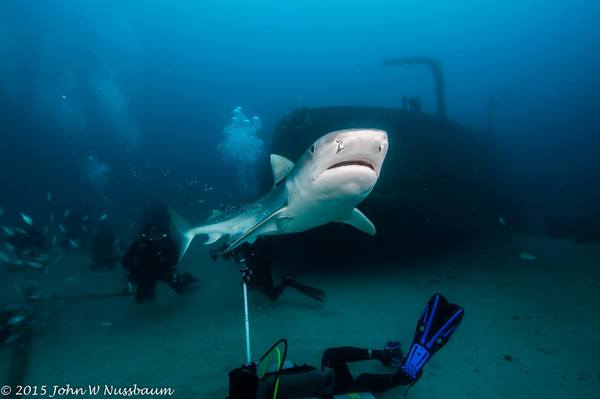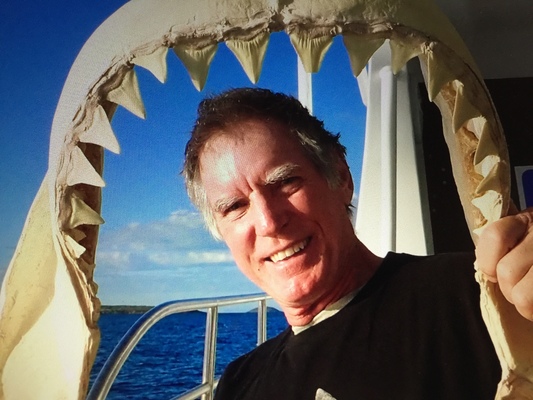By Margaret Maccoll
The Senate Inquiry chaired by Greens senator Peter Whish-Wilson into shark mitigation and deterrence measures in Queensland waters last week heard from Sunshine Coast marine scientist Chad Buxton and shark advocate Tony Isaacson.
The senator said a range of researchers and community members raised concerns “about the archaic practices being used in Queensland in the name of community safety, where there is no evidence that drum lines or shark nets make swimmers and surfers safe, yet there is a lot of evidence of the damage they do to whales, dolphins and turtles.”
Chad Buxton told the inquiry that since the program (of netting and drum lines) was implemented in Queensland in 1962 reports showed 84,000 sharks, whales, dolphins and turtles had been killed.
The member of Coolum and North Shore Coast Care was most concerned about the critically endangered grey nurse shark.
“There’s a population of 500 to 1500 left in Queensland. In the last 15 years 23 have been caught on the Sunshine Coast, most on Rainbow Beach in nets. These are breeding adults. Only one lost is too many in this critically endangered species,” he said.
Tony Isaacson of DiveCareDare told the inquiry that sharks were not only essential for healthy land and water, they were good for tourism.
He also highlighted the effectiveness of new technology in detecting and warning of sharks and the ineffectiveness of the current program. CLEVER BUOY is a smart ocean buoy that uses technology to detect sharks by recognising their unique movement and sends instant alerts to lifeguards via the Optus Network. He said tests with the smart technology devices with bull sharks in the Bahamas have shown 100 per cent success and it was effective in low light and extreme weather conditions when other measures were not.
Last Thursday Tony swam under and between the shark nets to demonstrate their inability to stop sharks.
“Many of the sharks that are caught in nets are on their way out to the open ocean after they have foraged for food on the bottom near the surf zone and in the gutters,” he said.
The Queensland Government did not appear at the inquiry.








